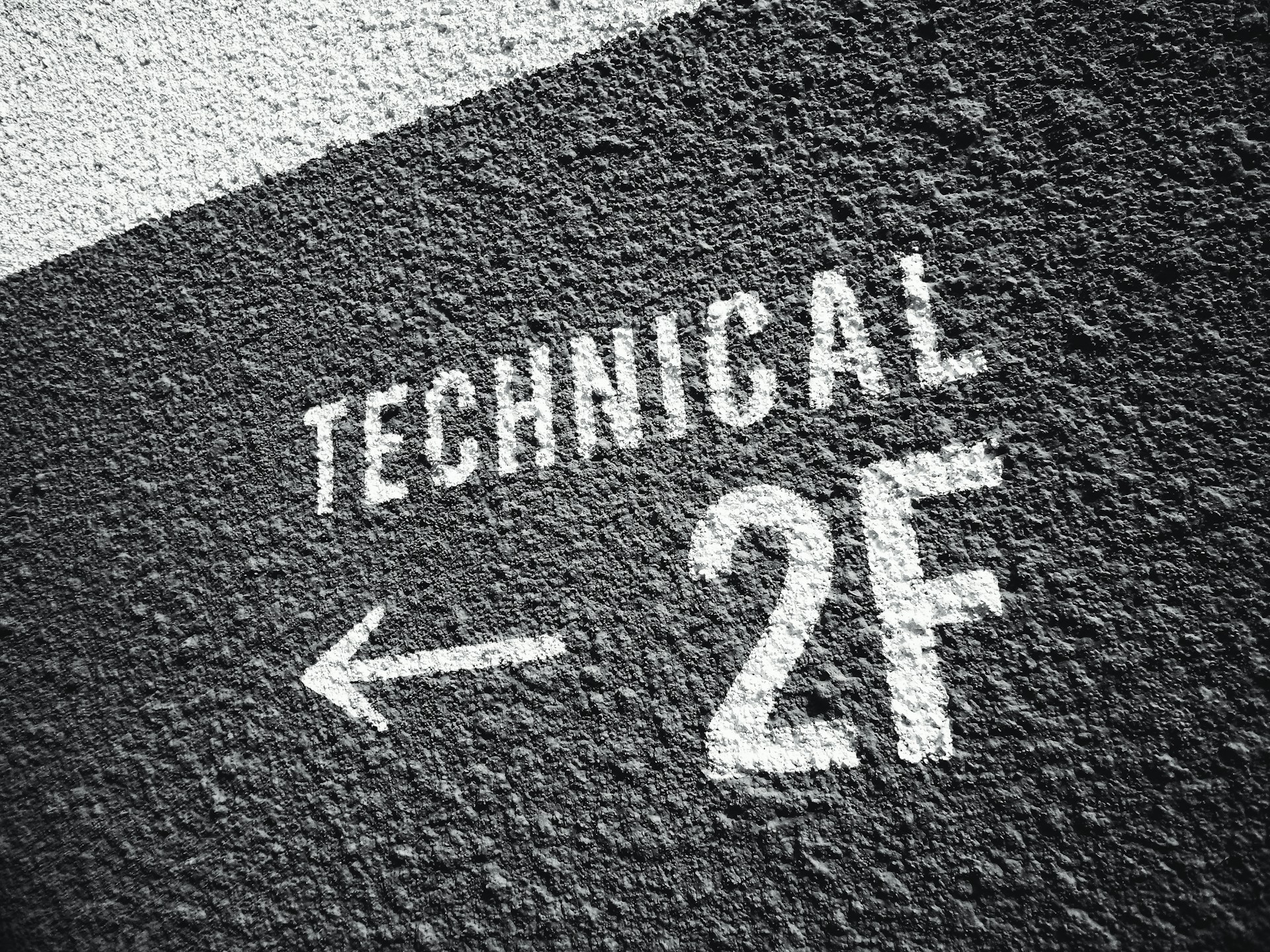
Utilizing Technical Analysis for Forex Trading
Forex trading, or foreign exchange trading, is the act of buying and selling currencies on the forex market with the aim of making a profit. The forex market is the largest and most liquid market in the world, where currencies from all over the globe are traded. This market operates 24 hours a day, five days a week, providing ample opportunities for traders to engage in transactions.
Technical analysis is a method used by traders to evaluate securities and make trading decisions by analyzing statistical trends gathered from trading activity, such as price movement and volume. Unlike fundamental analysis, which considers economic indicators and company performance, technical analysis focuses solely on price action and patterns.
Technical analysis is a method used by traders to evaluate securities and make trading decisions by analyzing statistical trends gathered from trading activity, such as price movement and volume. Unlike fundamental analysis, which considers economic indicators and company performance, technical analysis focuses solely on price action and patterns.

Utilizing Technical Analysis for Forex Trading
Key Concepts of Technical Analysis
Technical analysis is grounded in three key principles:Market Action Discounts Everything: This principle posits that all relevant information (economic reports, earnings data, etc.) is already reflected in the current price. Therefore, examining price movements alone can provide sufficient data for making trading decisions.
Prices Move in Trends: According to this principle, prices tend to move in identifiable trends rather than random movements. By recognizing these trends early on, traders can position themselves accordingly.
History Tends to Repeat Itself: This concept emphasizes that historical price movements often repeat due to market psychology. Patterns seen in past price charts can therefore provide insights into future movements.
Popular Technical Indicators and Tools
Technical analysts use a variety of tools and indicators to interpret market data:Moving Averages (MA): These smooth out price data to create a single flowing line that helps identify the direction of the trend. Common types include Simple Moving Average (SMA) and Exponential Moving Average (EMA).
Relative Strength Index (RSI): An oscillator that measures the speed and change of price movements. It ranges from 0 to 100 and helps identify overbought or oversold conditions.
Bollinger Bands: These consist of a middle band being an N-period moving average and two outer bands at a distance equal to a specified number of standard deviations from the middle band. They help measure market volatility.
MACD (Moving Average Convergence Divergence): A trend-following momentum indicator that shows the relationship between two moving averages of a security’s price.
Fibonacci Retracement Levels: Based on Fibonacci numbers, these levels indicate potential reversal points by measuring how much of a previous move has been retraced.
Strategies for Effective Forex Trading using Technical Analysis
To trade effectively using technical analysis, one must develop strategies that align with their trading style:Trend Following Strategy: Involves identifying and following existing trends using indicators like moving averages or MACD. The key is to enter trades in the direction of the prevailing trend.
Counter-Trend Strategy: Focuses on identifying potential reversals or corrections within an overall trend. Oscillators like RSI or Stochastic Oscillator are typically used to signal overbought or oversold conditions.
Breakout Strategy: This strategy seeks to enter trades when prices break out from established support or resistance levels. Bollinger Bands can be useful here as they highlight periods of high volatility where breakouts are more likely.
Effective risk management is vital for sustainable success in trading. MetaTrader 5 provides an extensive array of tools that empower traders to manage risks efficiently—from setting precise stop-loss and take-profit levels to diversifying investments across various assets and continuously refining trading strategies based on real-time data. By leveraging these features within MT5, traders can enhance their ability to navigate volatile markets while safeguarding their capital.
In conclusion, embracing disciplined risk management practices using MetaTrader 5 not only helps mitigate potential losses but also paves the way for consistent profitability in the unpredictable world of trading.
MetaTrader 5, Risk Management, Trading Tips, Financial Instruments, Capital Preservation
In conclusion, embracing disciplined risk management practices using MetaTrader 5 not only helps mitigate potential losses but also paves the way for consistent profitability in the unpredictable world of trading.
MetaTrader 5, Risk Management, Trading Tips, Financial Instruments, Capital Preservation









Report
My comments